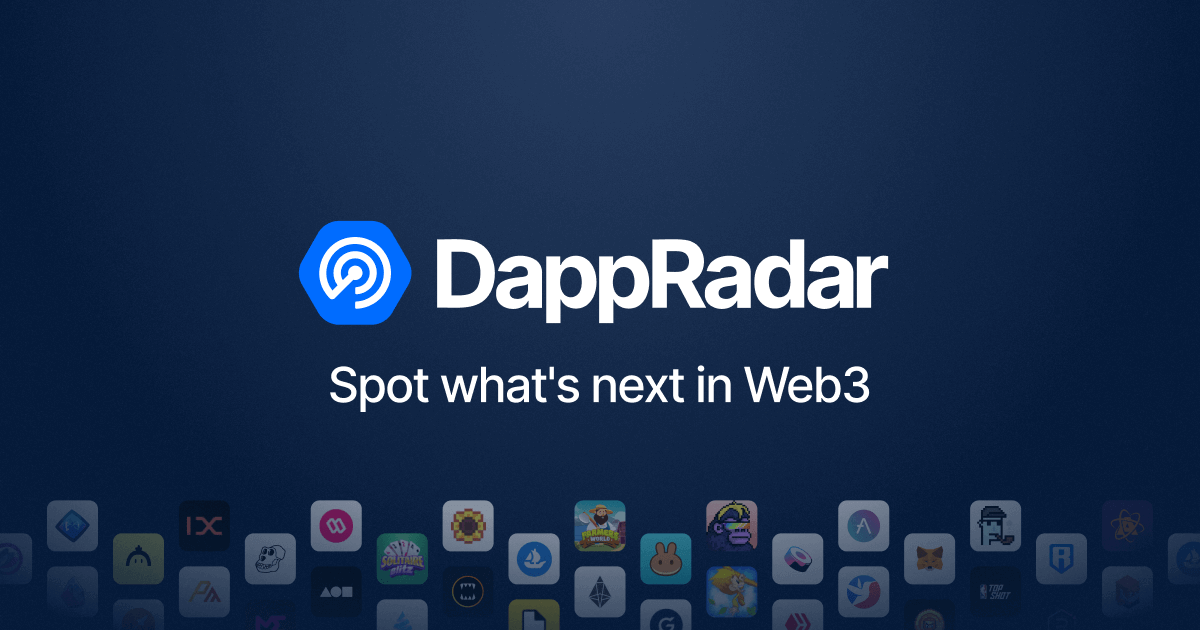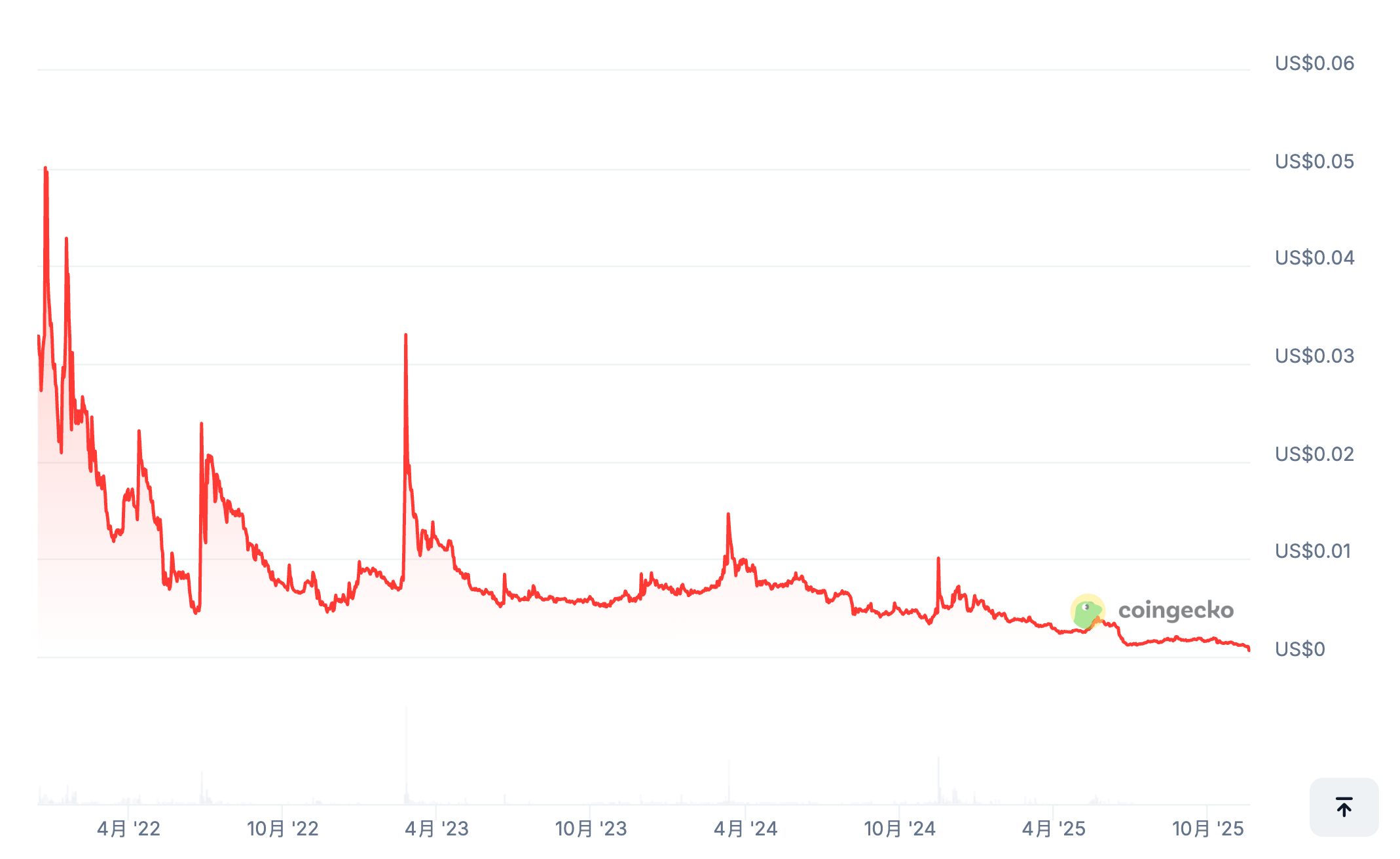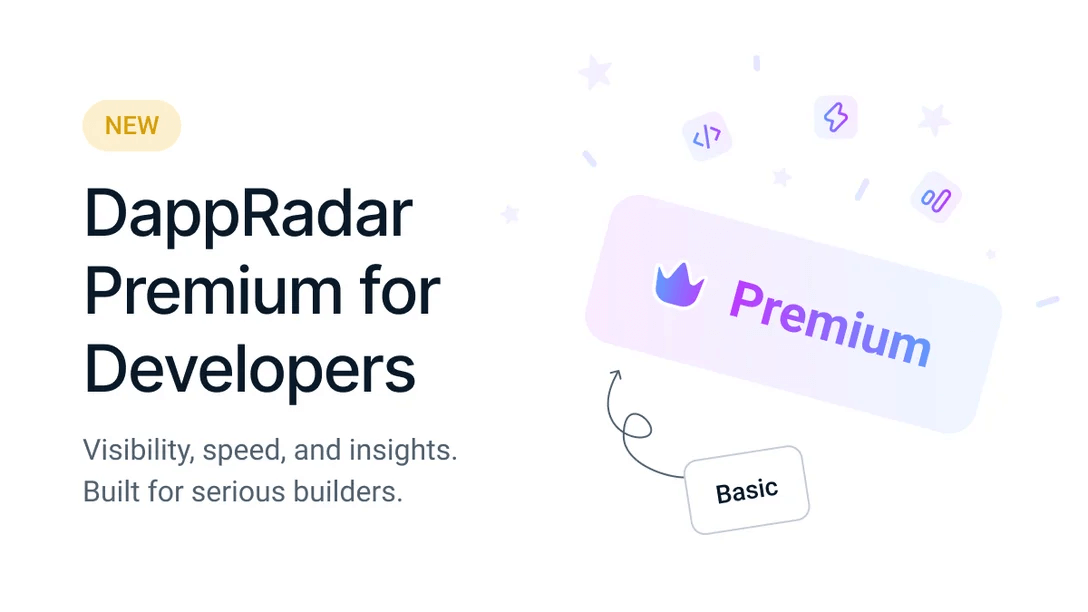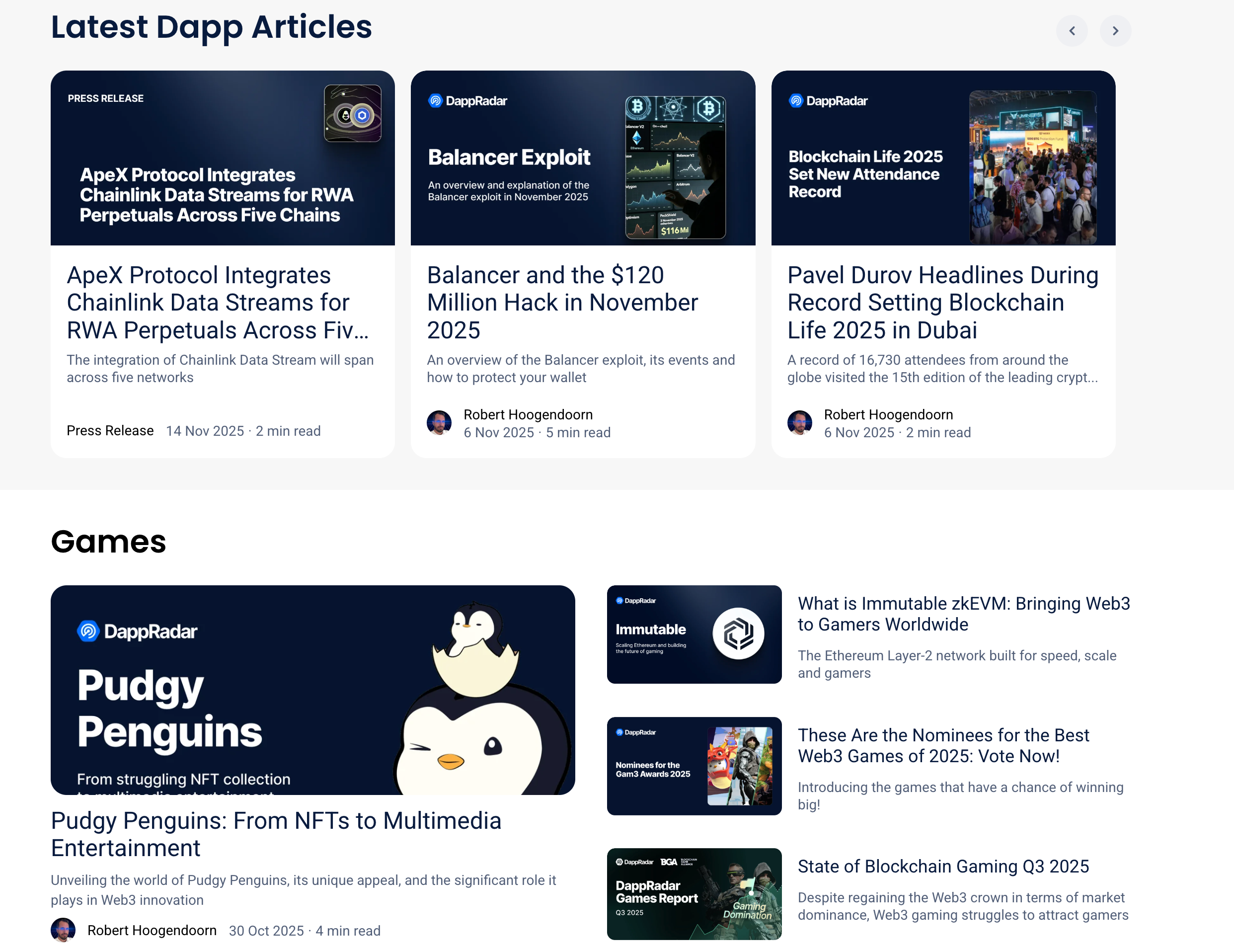
Author: Zen, PANews
As the leaves fall endlessly, the "death" of numerous projects during the industry cycle is a stage that practitioners have long become accustomed to when entering a winter period. However, the announcement by the well-known decentralized application data platform DappRadar to cease operations yesterday still caused a stir throughout the industry.
In less than 24 hours, the tweet announcing DappRadar's closure had garnered over 1.6 million views. The phrase "After seven years, it's time to say goodbye" evoked sadness, nostalgia, and offers of help from many.
CoinMarketCap CEO @RushCMC expressed, "Is there any way to make you stay?" While many others lamented, "In a purely Web3 world, projects like DappRadar should thrive."
The "Seven-Year Itch" Difficult to Overcome, Closure Due to Imbalance in Income and Expenditure
On November 17, 2025, DappRadar co-founders Skirmantas Januskas and Dunica Dragos announced on social platform X that they would gradually cease data tracking services for all blockchains and DApps in the coming days. They stated that they had tried various options in the past but ultimately had to make the difficult decision to shut down the business.
The two founders noted that over the past seven years, the DappRadar platform had collaborated with hundreds of blockchains and thousands of projects, but now the platform's scale and cost structure no longer matched the market environment, making the operation of such a large platform financially unsustainable.
To some extent, the massive data infrastructure built during the high traffic of a bull market has become a "burden" during a prolonged bear market, compounded by a lack of revenue channels, leading to a situation where expenses exceed income and sustainability is difficult.
DappRadar had previously raised approximately $7.33 million in two rounds of financing, including a $5 million Series A round completed in May 2021, led by Prosus Ventures and Lightspeed Venture Partners, with participation from Blockchain Ventures. During that period of cryptocurrency popularity and speculative surge, these funds were used to expand data coverage and product features.
Regarding the platform's token, the DappRadar team adopted a gradual release strategy. Its native token RADAR initially had a small circulating supply, launched in December 2021, and by the end of 2023, approximately 10.6% of the total supply had been released. However, after early 2024, the price of the RADAR token continued to decline, plummeting over 97% from its peak price of $0.05.

RADAR Token Price Trend, Data Source: CoinGecko
Following the announcement of the shutdown, the price of RADAR plummeted by about 30% on the same day, and as of 7 PM Beijing time on November 18, it had dropped to around $0.0006838. The team has not yet clarified the future arrangements for the RADAR token and DappRadar DAO, only stating that they will seek opinions through community channels and announce decisions.
Why DappRadar's Business Model is Difficult to Sustain
The financial unsustainability stems largely from DappRadar's business model and revenue sources.
As a data platform, the issuance and operation of the RADAR token is also part of its business model, linked to user-paid subscription features. In 2021, when DappRadar issued its native token RADAR, it also launched the DappRadar PRO premium membership service. Compared to the free basic features for regular users, PRO members can access exclusive data, custom alerts, advanced filtering, and other exclusive rights.
Unlike traditional paid subscription models, DappRadar PRO uses a token staking system: users must stake a certain amount of RADAR tokens to activate their membership, with a 30-day unlocking cooling period. This design promotes token demand while incentivizing users to hold long-term through a 15% annual staking reward. This approach, which ties premium features to token economics, theoretically could drive token value growth through user holding and staking.
For the B-end, DappRadar primarily monetizes through advertising within its data community. Its advertising formats include banner ads on the website, sponsored articles, social media promotions, co-hosting online events, email promotions, and sponsorship of token airdrop activities, with varying fee standards. During periods of high industry enthusiasm, these revenues were substantial and formed an important part of DappRadar's income.
During the phase of narrative dysfunction and a bearish market, DappRadar also attempted to launch other services to increase platform revenue. In May of this year, DappRadar introduced the DappRadar Premium subscription service for developers, charging $249 per project per month.

After purchasing a premium subscription, users can enjoy higher exposure for their project pages, priority review for submitted updates, more detailed monthly traffic and on-chain metrics reports, and custom data dashboards. This model essentially charges project parties for marketing and data analysis services, aiming to create recurring revenue for the platform.
Clearly, this initiative was still futile, as just six months after the launch of DappRadar Premium, DappRadar reached its fate. The essence of the issue lies in the meager income being closely tied to the decline of the sector it chose to focus on.
The Great Decline of the GameFi and NFT Industries
Although DappRadar has been collecting data across all categories of dApps, with its homepage navigation covering DeFi, NFT, Games, Tokens, Exchanges, and more, its brand influence and revenue opportunities were highly concentrated in the blockchain gaming and NFT sectors. During the previous bull market, its rankings, market data, and reports were frequently cited by media, investors, and players.
Especially in the blockchain gaming/GameFi direction, during the period when the P2E model maintained high activity, DappRadar was favored for its comprehensive, accurate, and objective data, becoming a significant driver of its traffic growth. DappRadar has also remained "true to its original intention," deeply cultivating the gaming field, with its blog articles and reports often related to blockchain games.

Upon hearing the news of DappRadar's shutdown, Jihoz, co-founder of the well-known blockchain game Axie Infinity and the Ronin gaming blockchain, expressed his sadness, stating that checking his game's ranking on the Ethereum leaderboard had become a daily habit. He even introduced to his future wife in 2019, "Our game ranks first on DappRadar, with 200 daily active users."
Another area of DappRadar's advantage was NFT market data tracking and rankings, which served as an enlightening tool for many NFT players when entering the space. The NFT trading market Element stated that DappRadar, as one of the most comprehensive NFT data platforms, had always been used to track industry dynamics, expressing, "DappRadar has always been a veteran in the cryptocurrency field, and it's regrettable to see it come to an end."
As the saying goes, "prosperity leads to decline." With the continued decrease in activity in the NFT and GameFi sectors after 2022, project marketing budgets shrank, and user and media attention waned, DappRadar's two most commercially viable business areas had already seen better days.
According to the latest blockchain gaming report released by DappRadar, the average daily active wallets in blockchain gaming for the third quarter were 4.66 million, a decrease of 4.4% from the second quarter. In the first quarter of this year, there were still 5.8 million, but it has been slowly declining since then. Additionally, in the second quarter of 2025, over 300 Web3 games stopped updating or closed, accounting for about 8% of the games listed on the platform.
The NFT sector is equally challenging. According to data from CoinGecko, the total global NFT market value plummeted by $3.5 billion within a month, from approximately $6.6 billion on October 5 to a drop of 45%. Even though sales volume increased in October, briefly pushing up the floor price of blue-chip NFTs, the market remains deeply sluggish.
As a result, the disappearance of numerous games and NFT projects, along with a continuous decrease in active players, has led to a shrinking active ecosystem that platforms like DappRadar can cover, and external attention to the platform has correspondingly diminished.
Ultimately, as DappRadar reaches its end, many long-time users of the platform begin to realize—so it turns out it was this difficult. The sentiments of nostalgia and reflection are not only the highest respect for DappRadar but also a wave of melancholy that arises when facing the industry's fatigue and monotony.
免责声明:本文章仅代表作者个人观点,不代表本平台的立场和观点。本文章仅供信息分享,不构成对任何人的任何投资建议。用户与作者之间的任何争议,与本平台无关。如网页中刊载的文章或图片涉及侵权,请提供相关的权利证明和身份证明发送邮件到support@aicoin.com,本平台相关工作人员将会进行核查。



